The pre-Romanesque treasure of Helguera
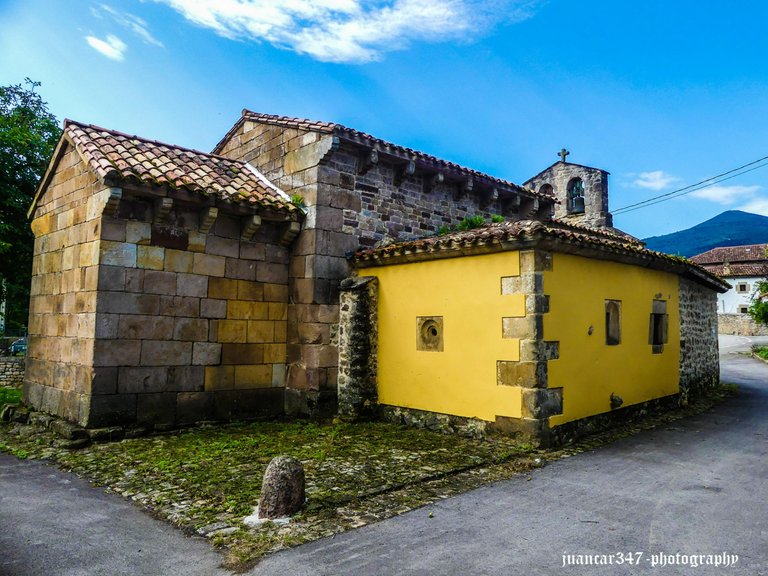
In the Council of Molledo, peacefully located on the banks of a river, the Besaya, in whose deepest pools the trout and salmon unsettle the patience of the fisherman, surpassing him in mischief, the inhabitants of a small municipality, called Helguera, see Time passes with elegant parsimony, faithful custodians of a small architectural treasure from the 10th century, whose longevity produces vertigo in the imagination.
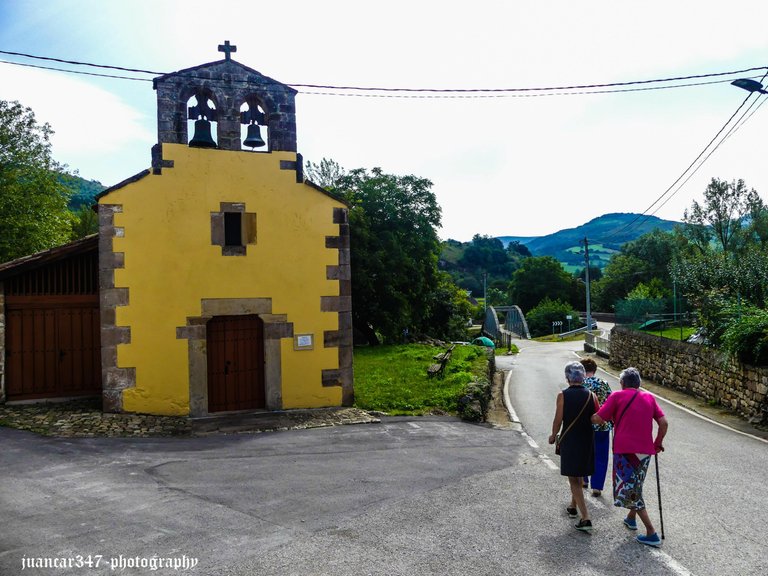
It is a small hermitage, stranded like an ark of promise next to a narrow regional road that bucks like a snake, getting lost in the mysterious foliage of the mountains and valleys of Iguña and that, dedicated to the figure of Santa Leocadia, seduces by the charm and immemorial nature, inviting the curious to speculate on those distant and dark early medieval episodes of the reconquest and repopulation.
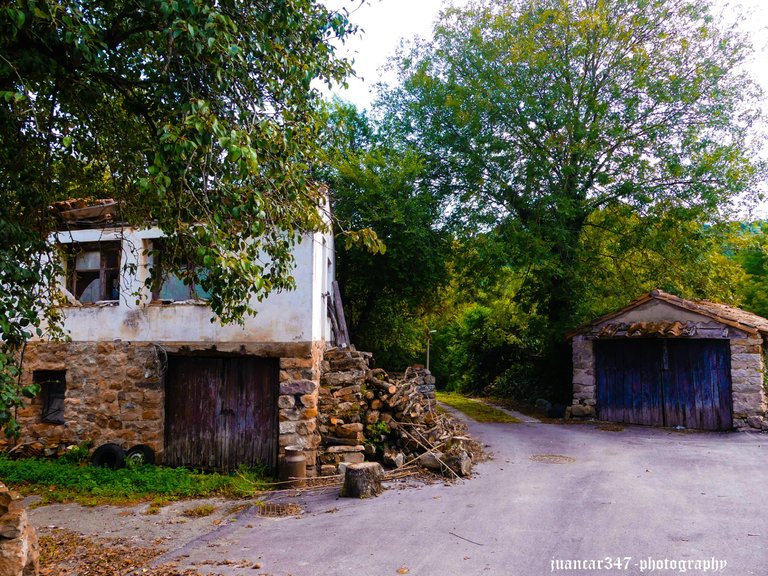
It is true, on the other hand, that, although the effects of modern restorations can be seen in its rustic structure, which mainly affect the western part, including the belfry and an inappropriate dull-colored paint, most of the nave conserves its original pre-Romanesque purity, in which the small apse or head stands out, with an unmistakable quadrangular shape, so typical of this style of architecture.
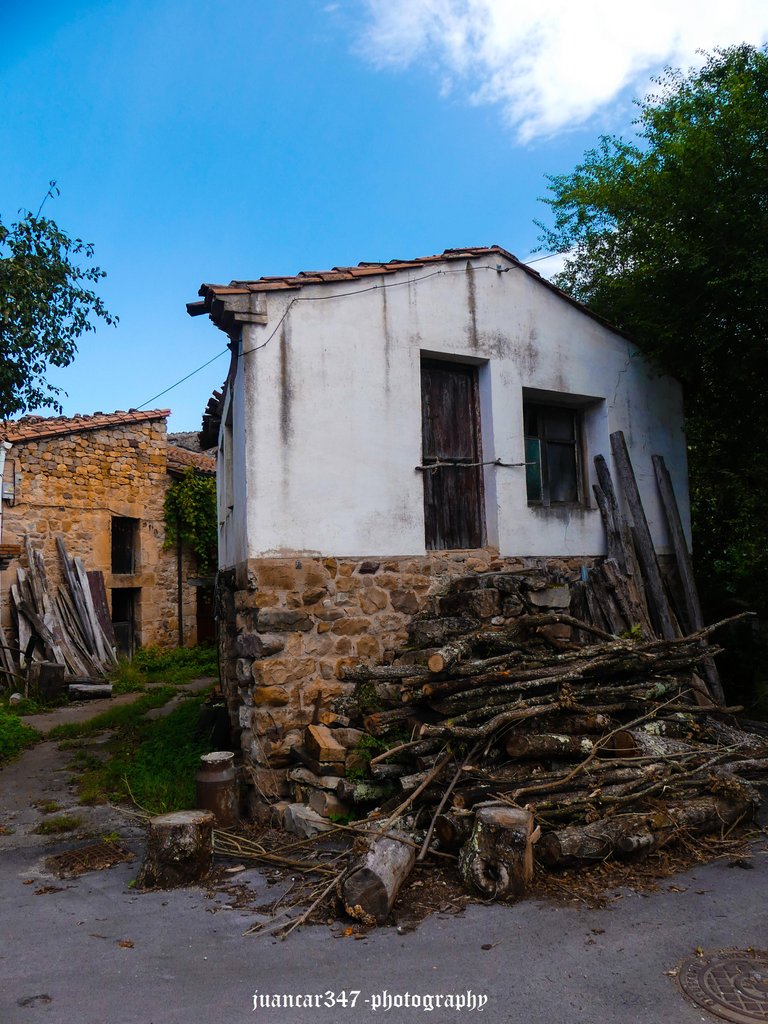
Also sober in terms of the sculptural details that began to be of superlative prodigality in later Romanesque architecture, the hermitage of Helguera or Helguera de Iguña, as it is also known, constitutes another of the visible testimonies of that architecture of transition between the Visigothic and the Romanesque, which culminates in the magnificent presence of another hermitage, not too far away and currently in a period of restoration, such as that of San Román de Moroso, in Bostronizo, honoring the media type of architecture, emerged, also, almost at the same time as the discovery of the supposed remains of the Apostle Santiago in the dark forest of Libredón, present-day Compostela.
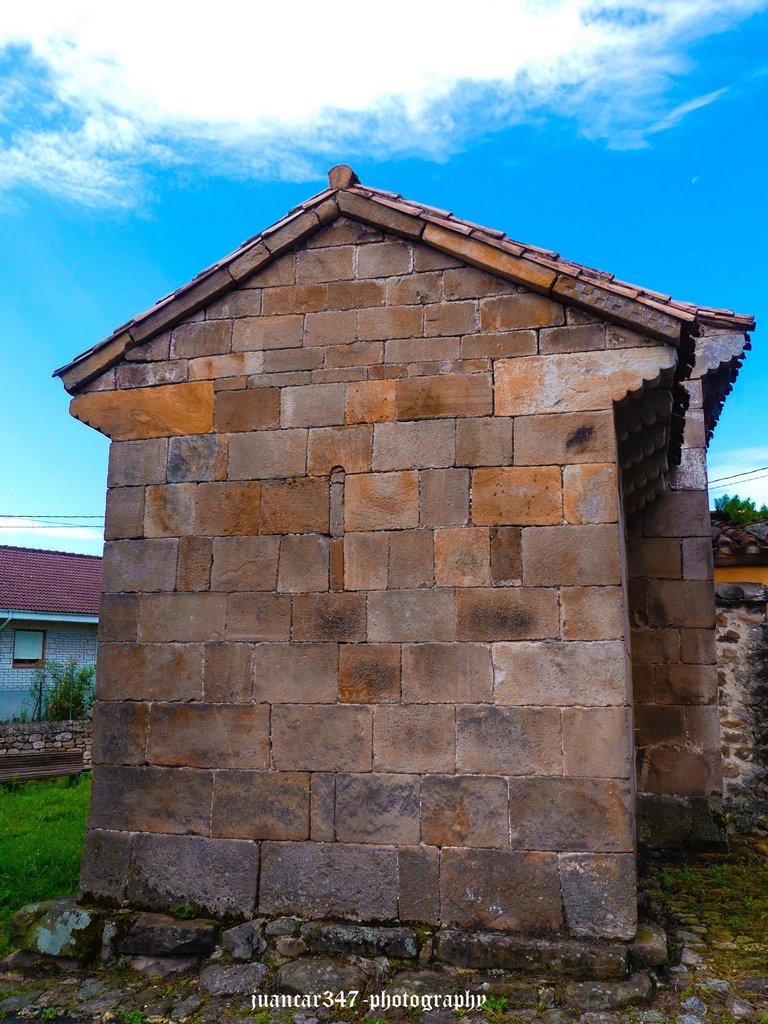
On the other hand, and based on the appearance of some of the town's houses, it could be thought that in Helguera the pilgrim can still feel like those others who preceded him and whose mortal remains, in some cases, rest in one of the nearby medieval cemeteries, like that of San Juan de Raicedo, which, by the way, is uncovered and constitutes another of the cultural landmarks of Cantabria.
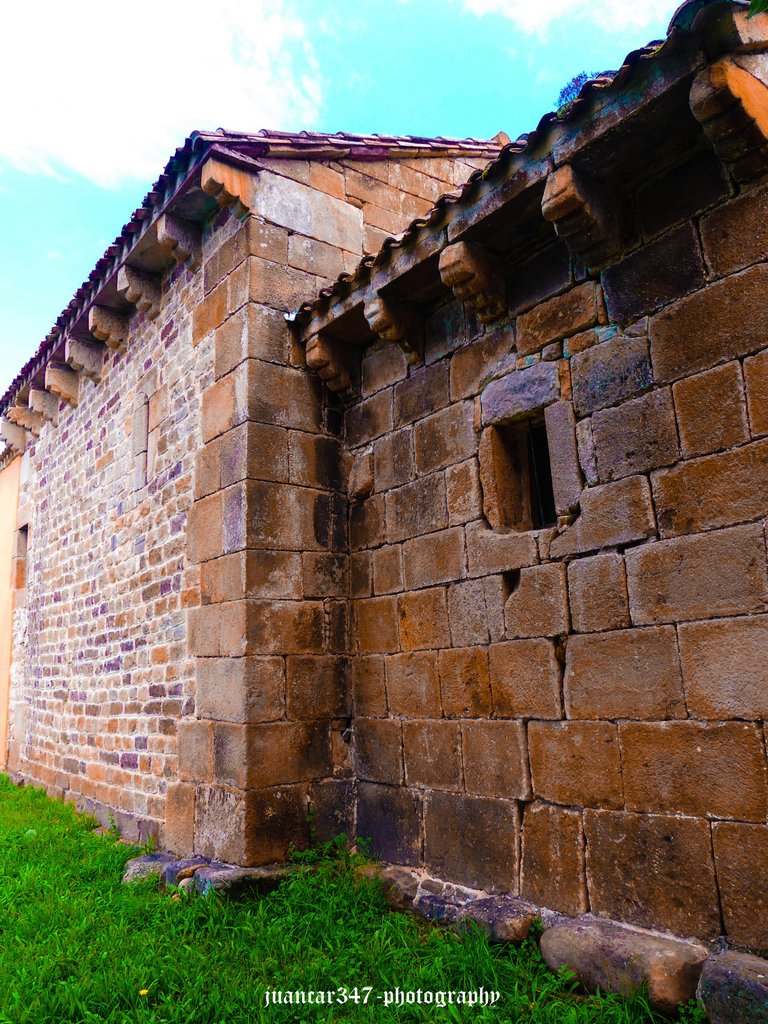
In short: we have Helguera, another of those curious little towns in Cantabria, which, both because of its surroundings and because of its own picturesque idiosyncrasy, seem to have stopped in a very particular loop of time.
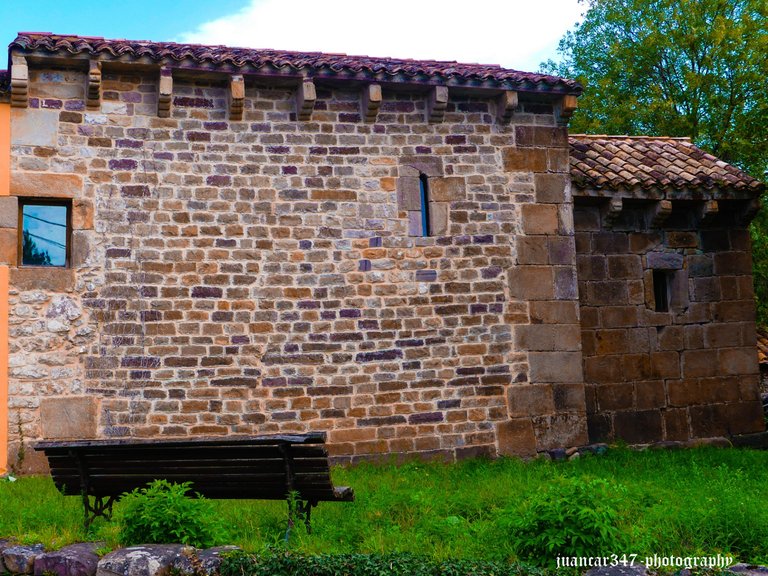
RELATED MOVIE:
NOTICE: Both the text and the accompanying photographs, as well as the video that illustrates it, are my exclusive intellectual property and are therefore subject to my Copyright.

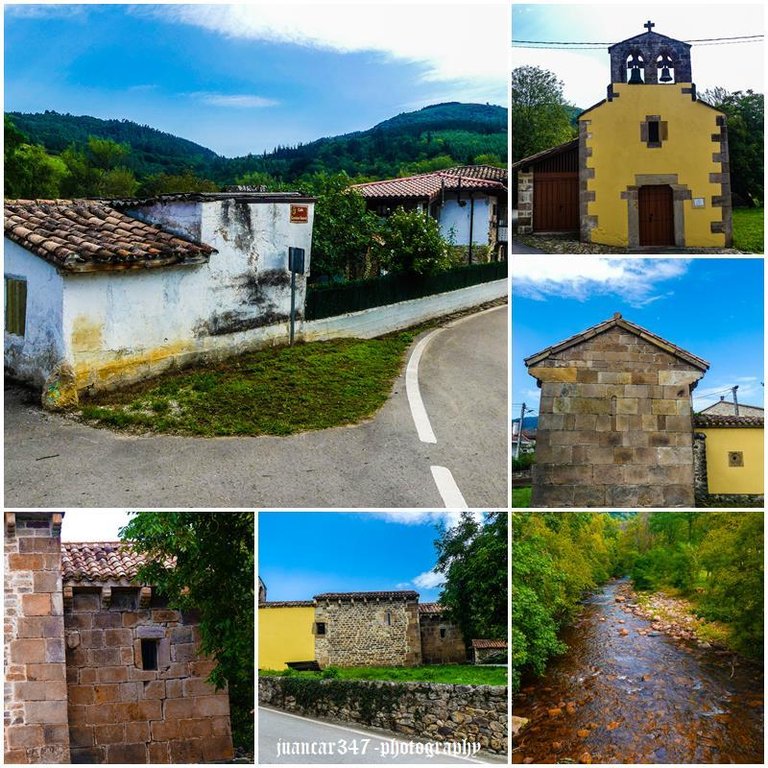
Congratulations, your post has been added to Pinmapple! 🎉🥳🍍
Did you know you have your own profile map?
And every post has their own map too!
Want to have your post on the map too?
Thanks
This is really a beautiful place to actually behold and truly admire of
Thank-you
The environment looks abandoned but they are very beautiful pictures
Nice one!
They are small towns in an environment that still remains virgin in many areas.
Thank-you very much
I so much love the beauty of this building
Thank-you
https://twitter.com/lee19389/status/1770614244133761061
#hive #posh
I love those older stone type of village homes. I had never seen them until I went more to the east. Especially the ones that are slightly elevated from the ground to avoid getting snowed in during winter.
Rural architecture in Spain is a fascinating world to discover. In this part of Spain, that is, in Cantabria, there are many so-called pasiegas houses (manor houses in Castile), also equipped with beautiful and flowery terraces. They were single-family homes, where family and livestock lived together, a tradition, for example, that is already being lost, although it survives in small rural centers like this one.